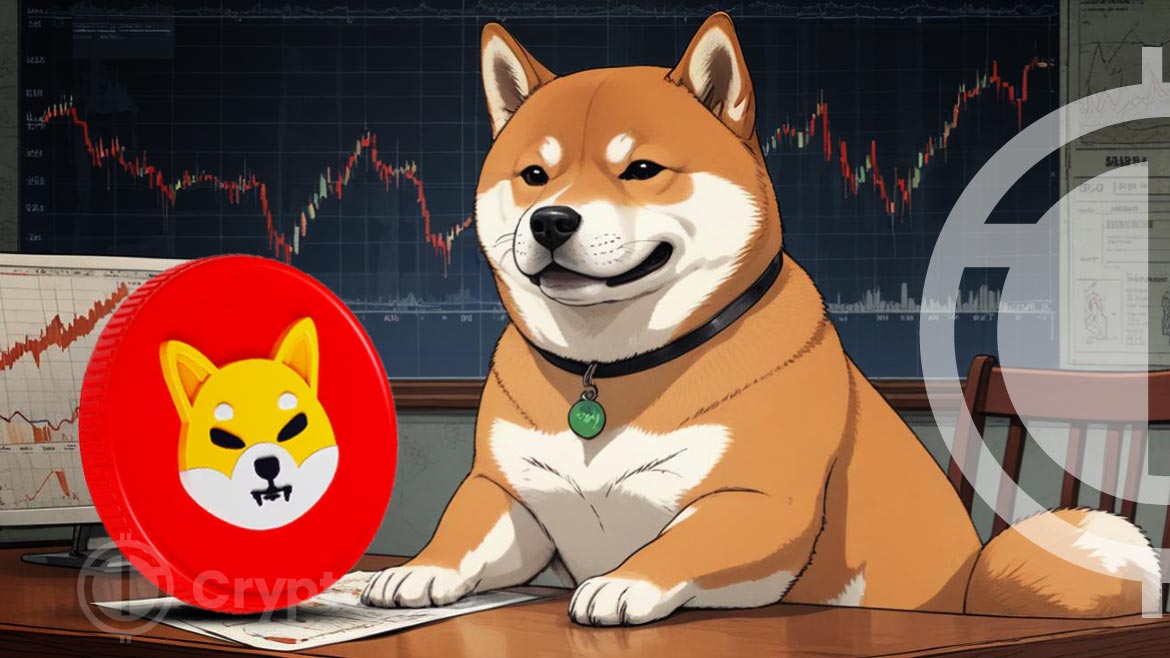
Shiba Inu has achieved remarkable success and has reportedly become a major player in the market. Its potential to reach double-digit figures intrigues investors, especially considering its extraordinary 150,000,000% increase in the early days. Despite recent price fluctuations, Shiba Inu’s journey offers insights into its future movements.
Launched in August 2020 by the anonymous creator Ryoshi, Shiba Inu quickly gained traction. By late 2021, it had surged into the top 10 list of largest cryptocurrencies by market cap. On August 1, the Shiba Inu team celebrated the token’s fourth anniversary, highlighting its significant milestones. Marketing Lead Lucie emphasized the token’s phenomenal growth, noting its rise from its initial price to an all-time high of $0.00008616 in October 2021.
At press time, Shiba Inu’s price is $0.00001117, reflecting a substantial 20.84% decline in the past 24 hours. The market cap stands at $6.58 billion, with a 24-hour trading volume of $752.28 million, marking a 253.76% increase. This spike in trading volume indicates heightened activity and interest in the token.
Analyzing Shiba Inu’s price movement reveals key support and resistance levels. The nearest resistance level is around $0.00001411, the recent peak before the decline. Another resistance point is near $0.00001300, where the price briefly found support before dropping further. On the support side, the primary level is around $0.00001050, showing some consolidation. Another support level is close to $0.00001100, a previous point of support.
The overall trend for Shiba Inu is bearish, highlighted by the sharp price decline and breach of multiple support levels, indicating strong selling pressure. If the price holds at the $0.00001100 support level, a potential rebound towards $0.00001300 is feasible. However, if the decline continues, the price may test the $0.00001050 support level.
Shiba Inu’s daily Relative Strength Index (RSI) reads 22, suggesting the oversold trend. The 1-day Moving Average Convergence Divergence (MACD) trading below the signal line indicates possible downward momentum in the short term.














